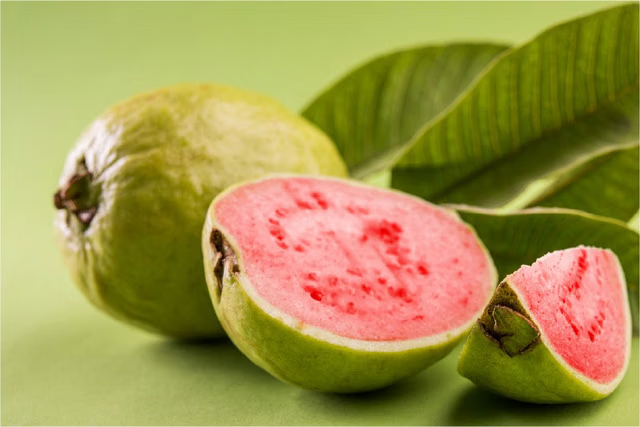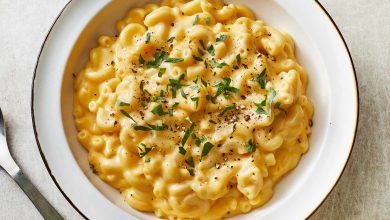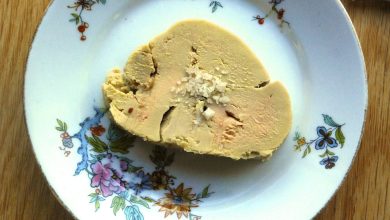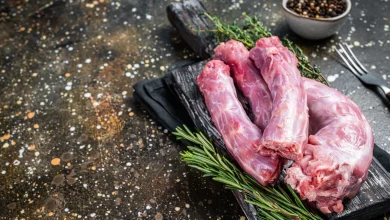Roe (Mixed Species, Raw)
Roe is the collective term for the eggs of fish, often considered a delicacy in various cuisines around the world. This nutrient-dense food is enjoyed for its rich taste and high protein content, with a wide range of essential vitamins and minerals that support overall health. Roe from mixed species of fish is commonly available in raw form and is frequently incorporated into sushi, spreads, or eaten on its own as an appetizer or snack. While its flavor can vary depending on the species, roe generally boasts a delicate, briny taste with a smooth texture, making it a popular choice for seafood lovers.
Here’s the nutritional breakdown for mixed species roe in its raw form:
| Nutrient | Amount per 100g |
|---|---|
| Energy | 143 kcal |
| Protein | 22.32 g |
| Fat | 6.42 g |
| Saturated Fat | 1.46 g |
| Carbohydrates | 1.5 g |
| Fiber | 0.0 g |
| Sugar | 0.0 g |
| Calcium | 22 mg |
| Iron | 0.6 mg |
| Magnesium | 20 mg |
| Phosphorus | 402 mg |
| Potassium | 221 mg |
| Sodium | 91 mg |
| Zinc | 1.0 mg |
| Copper | 0.1 mcg |
| Manganese | 0.01 mg |
| Selenium | 40.3 mcg |
| Vitamin C | 16 mg |
| Thiamin (B1) | 0.24 mg |
| Riboflavin (B2) | 0.74 mg |
| Niacin (B3) | 1.8 mg |
| Vitamin B6 | 0.16 mg |
| Folate (B9) | 80 mcg |
| Vitamin B12 | 10 mcg |
| Vitamin A | 90 mcg |
| Vitamin E | 7 mg |
| Vitamin D2 | 12.1 mcg |
Allergen Information:
Roe is primarily composed of fish eggs and thus contains the potential allergens associated with seafood. Individuals with shellfish or fish allergies should avoid consuming roe. Additionally, since roe is often served raw, it is important to be cautious of potential foodborne illnesses, particularly for those with weakened immune systems or specific dietary restrictions.
Dietary Preferences:
- High in Protein: Roe is an excellent source of lean protein, making it a great addition to high-protein diets like keto or paleo.
- Low in Carbohydrates: With just 1.5 grams of carbs per 100g, roe is suitable for low-carb or ketogenic diets.
- Rich in Essential Nutrients: Packed with vitamins and minerals like vitamin B12, selenium, and phosphorus, roe can be beneficial for bone health, immune function, and energy production.
- Suitable for Dairy-Free and Gluten-Free Diets: Roe is naturally free of both dairy and gluten, making it suitable for those following these dietary restrictions.
- Not Suitable for Vegetarians and Vegans: As a product derived from fish, roe is not appropriate for those following plant-based diets.
Cooking Tips & Usage:
Raw roe is often used in sushi, spread on toast, or served as part of a luxurious seafood platter. To enhance its natural briny flavor, it can also be paired with other seafood such as smoked salmon or used as a garnish for salads and soups. It is important to ensure the roe is fresh and sourced from a reputable supplier to avoid food safety issues associated with raw seafood consumption.
If you prefer to cook roe, it can be lightly sautéed, poached, or added to stews and sauces. While cooking roe changes its texture and flavor, it remains a highly nutritious addition to many dishes.
Conclusion:
Roe from mixed species of fish is a versatile, nutrient-packed ingredient that offers a wealth of health benefits. Whether enjoyed raw in sushi or lightly cooked in a variety of dishes, it adds richness and complexity to your meals. Its high protein content, alongside essential vitamins and minerals, makes it a valuable food choice for many different diets and culinary preferences. However, due to its allergenic potential and the risks associated with raw consumption, it is important to handle and consume roe with care.










